

Old Royal Palace

Vladislav Hall
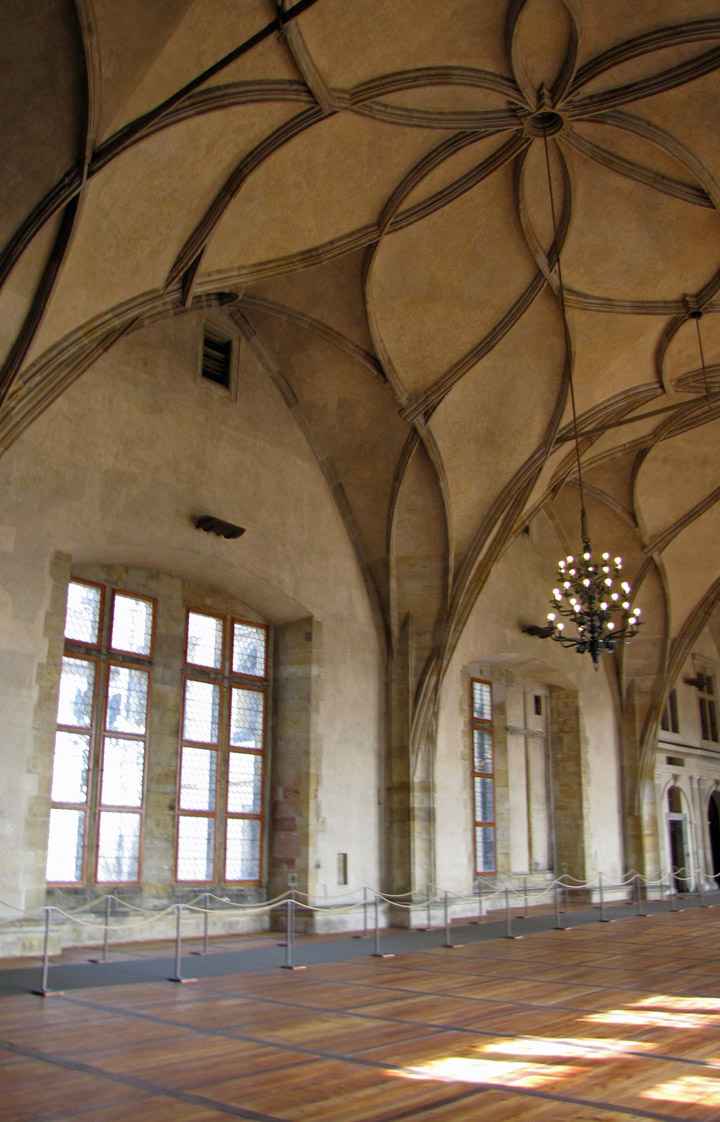
Although a Royal Palace has stood on this site since the 9th
century, most of what can be seen today was constructed during the 15th century
at the bidding of Vladislav Jagello.
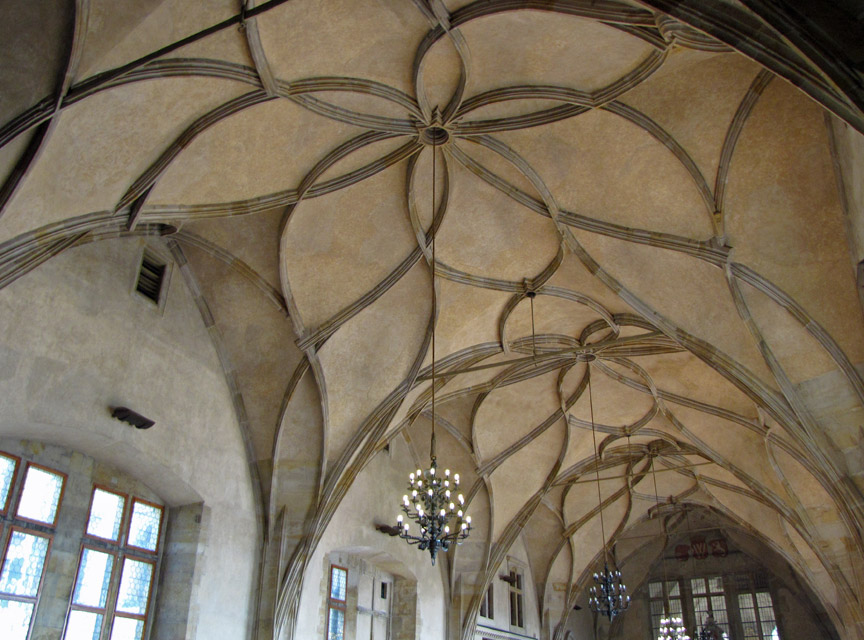
is Benedict Ried’s Vladislav Hall

The most impressive part of the Old Royal Palace (the residence of Czech kings
until the end of the 16th-century) is Benedict Ried’s Vladislav Hall, completed
in 1502 after some nine years of construction. Featuring an elegant vaulted
ceiling and rectangular Renaissance windows, it was used for feasts,
coronations, markets and councils, along with the occasional (indoor) jousting
tournament!
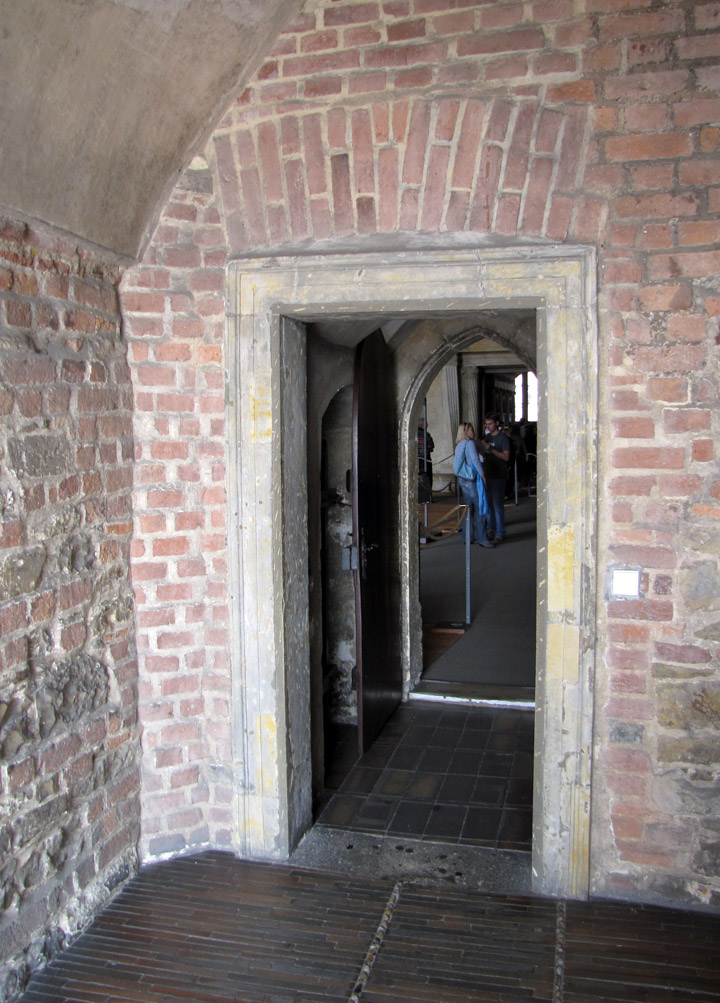
riders entrance
It’s easy to imagine how impressive the hall’s Gothic splendour - and size - would have seemed to visiting dignitaries.

Diet

Indeed, one was moved to observe that ‘no other building exists like it in
Europe, none that was longer, broader and higher without pillars’. Adjoining the
Vladislav Hall is the Diet, where important affairs of state were conducted,
while at the far end, is the All Saints Chapel, which was rebuilt on the site of
the original Romanesque building.
Portraits in the Diet room
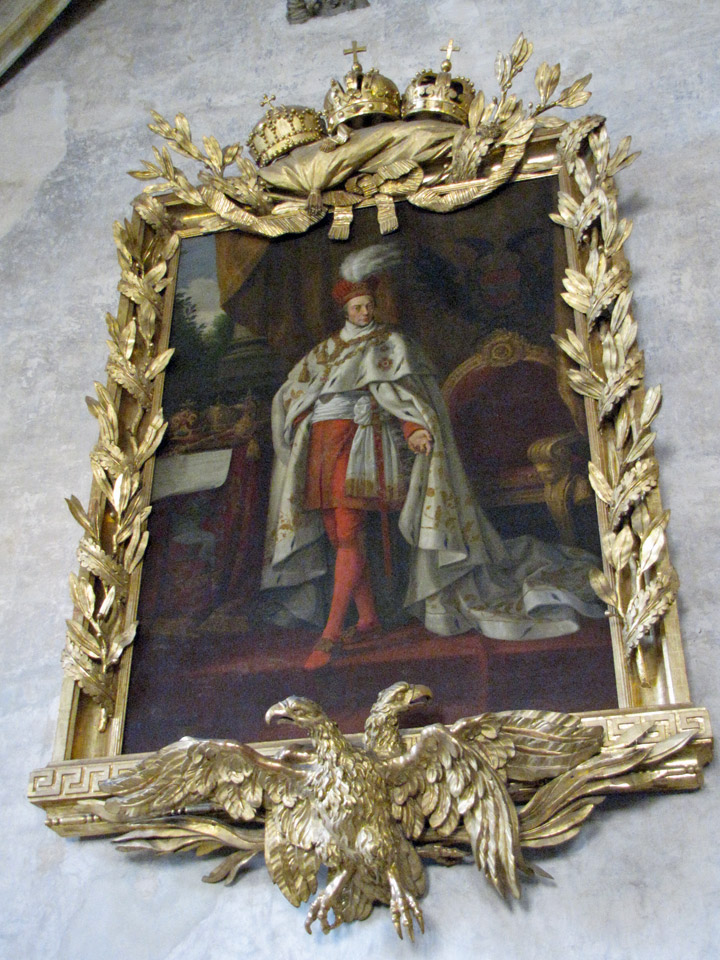
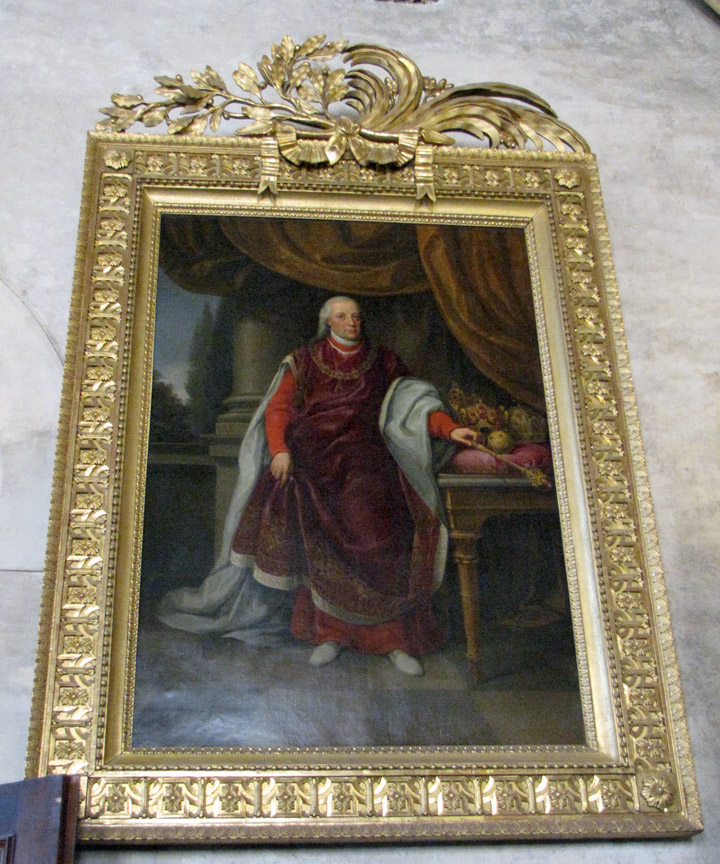
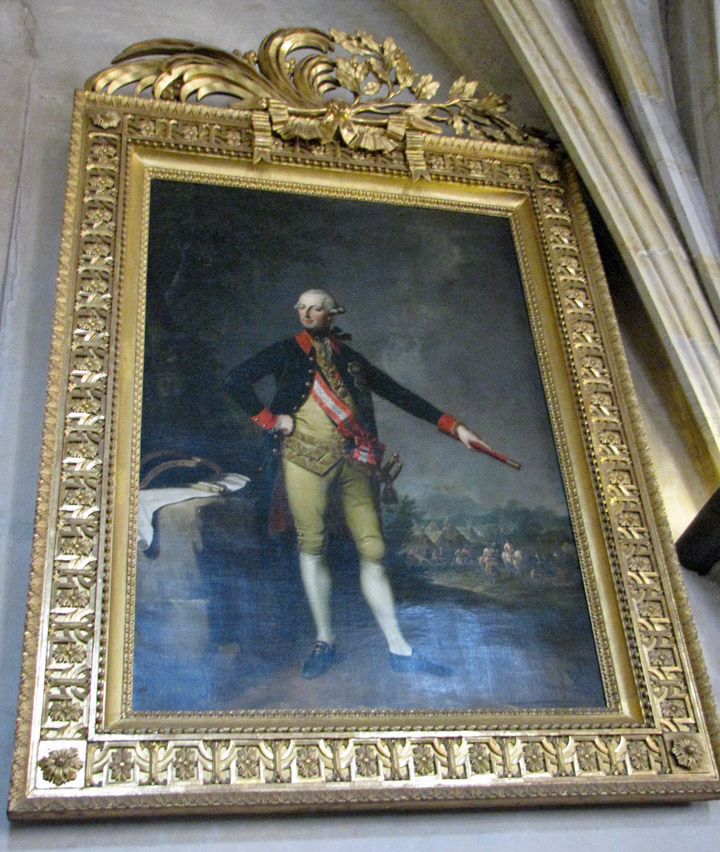
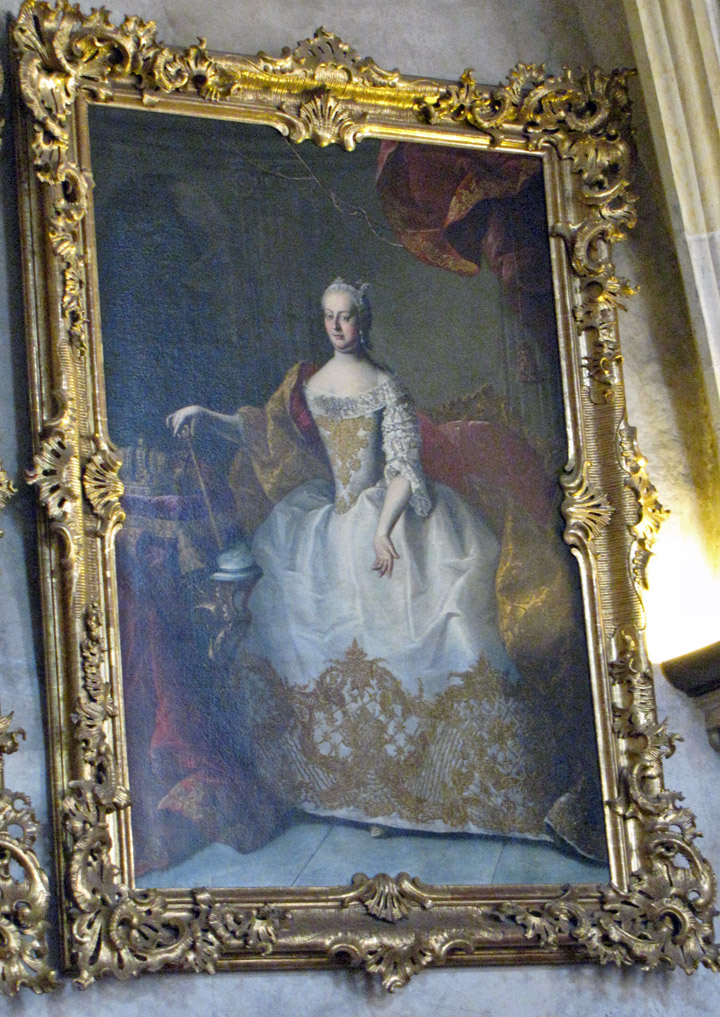
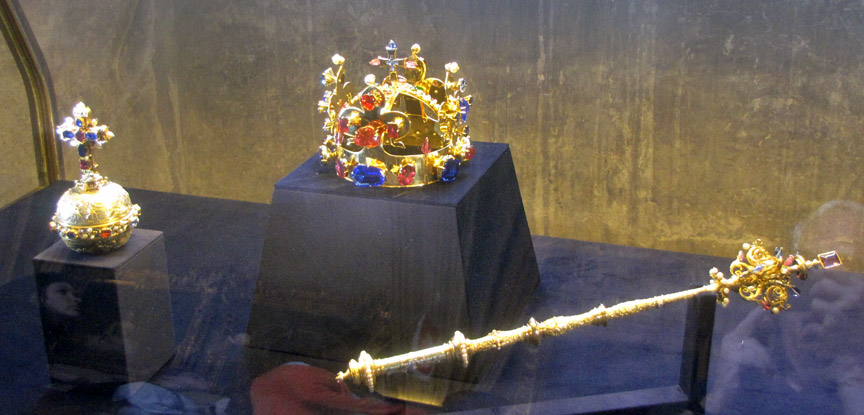
crown, orb and scepter


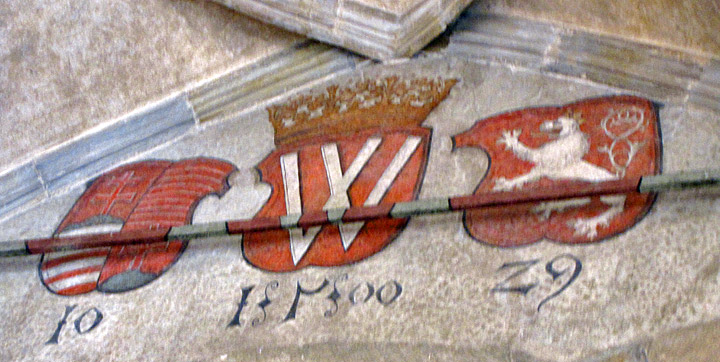
Defenestration of 1618
Defenestration is the act of throwing someone out of a window
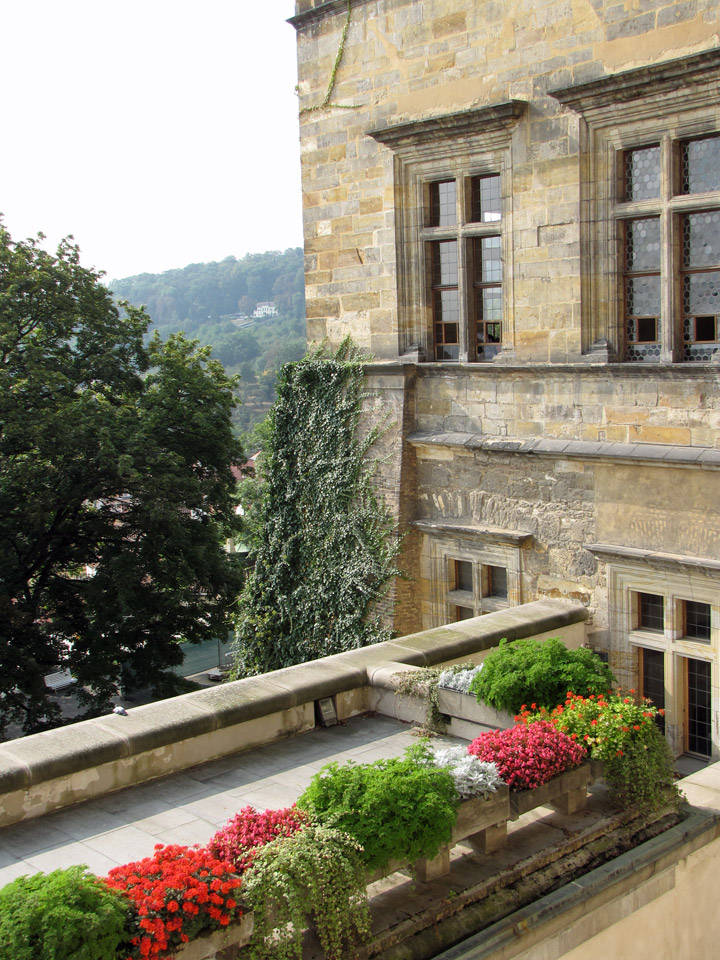
the window of the Royal Palace
The Second Defenestration of Prague was central to the start of the Thirty Years' War in 1618.

Some members of the Bohemian aristocracy rebelled following the 1617 election of
Ferdinand (Duke of Styria and a Catholic) as King of Bohemia to succeed the
aging Emperor Matthias. In 1617, Roman Catholic officials ordered the cessation
of construction of some Protestant chapels on land of which the Catholic clergy
claimed ownership. Protestants contended the land in question was royal, rather
than owned by the Catholic Church, and was thus available for their own use.
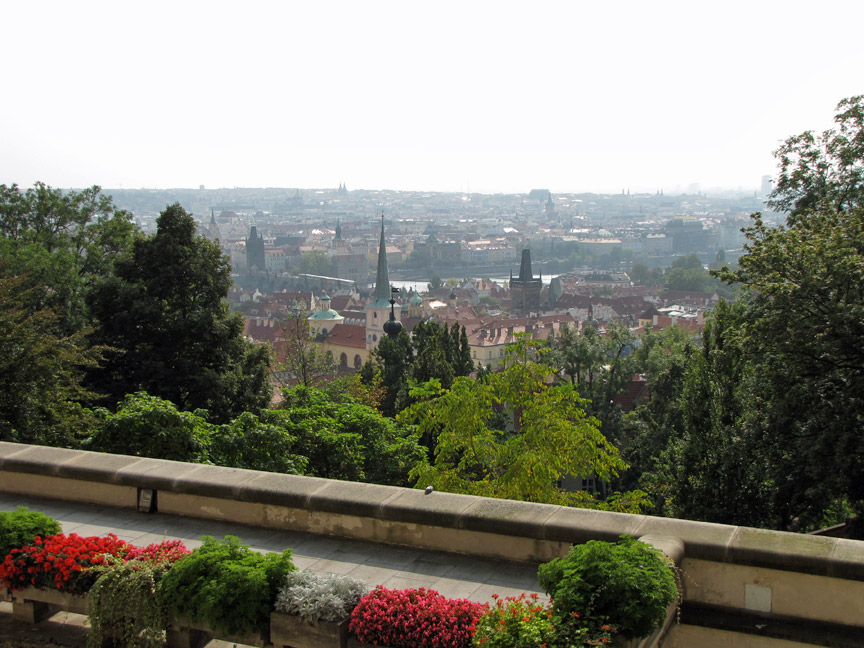
overlooking the Lesser Town, Prague
Protestants interpreted the cessation order as a violation of the right to freedom of religious expression granted in the Letter of Majesty issued by Emperor Rudolf II in 1609. They also feared that the fiercely Catholic Ferdinand would revoke the Protestant rights altogether once he came to the throne.
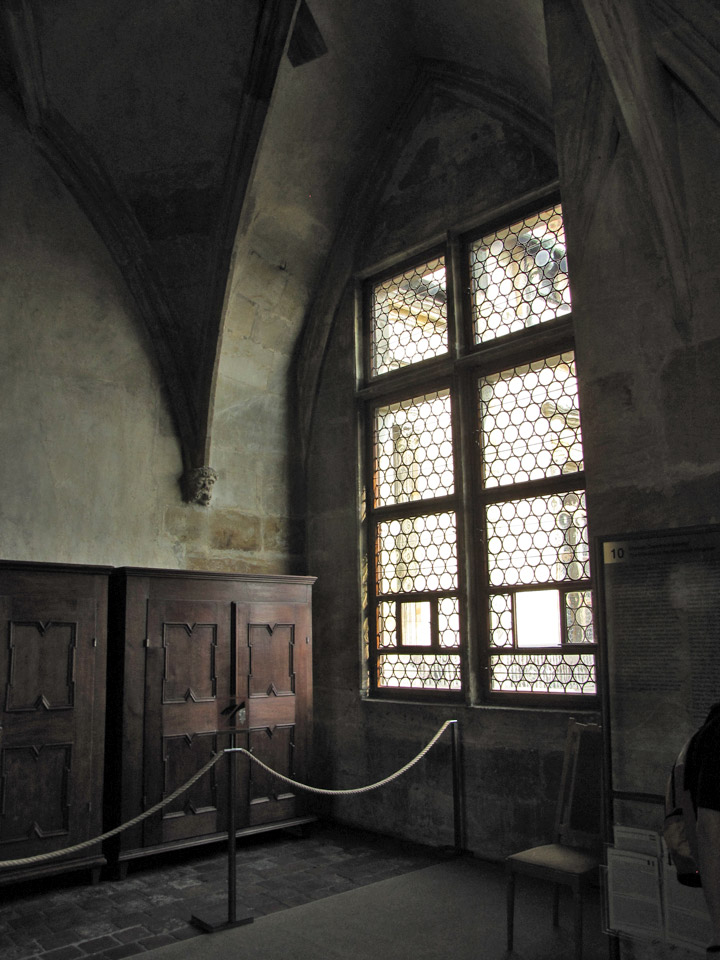
windows from which they were thrown
At Prague Castle on May 23, 1618, an assembly of Protestants, led by Count Thurn, tried two Imperial governors, Vilem Slavata of Chlum (1572–1652) and Jaroslav Borzita of Martinice (1582–1649), for violating the Letter of Majesty (Right of Freedom of Religion), found them guilty, and threw them, together with their scribe Philip Fabricius, out of the windows of the Bohemian Chancellery. They fell 30 metres and landed on a large pile of manure in a dry moat and survived. Philip Fabricius was later ennobled by the emperor and granted the title von Hohenfall (meaning "of Highfall").

Roman Catholic Imperial officials claimed that the three men survived due to the
mercy of angels assisting the righteousness of the Catholic cause. Protestant
pamphleteers asserted that their survival had more to do with the horse
excrement in which they landed than the benevolent acts of the angels.
Text from Wikipedia

view of St Nicholas church in the Lesser Town as seen from the Royal Palace
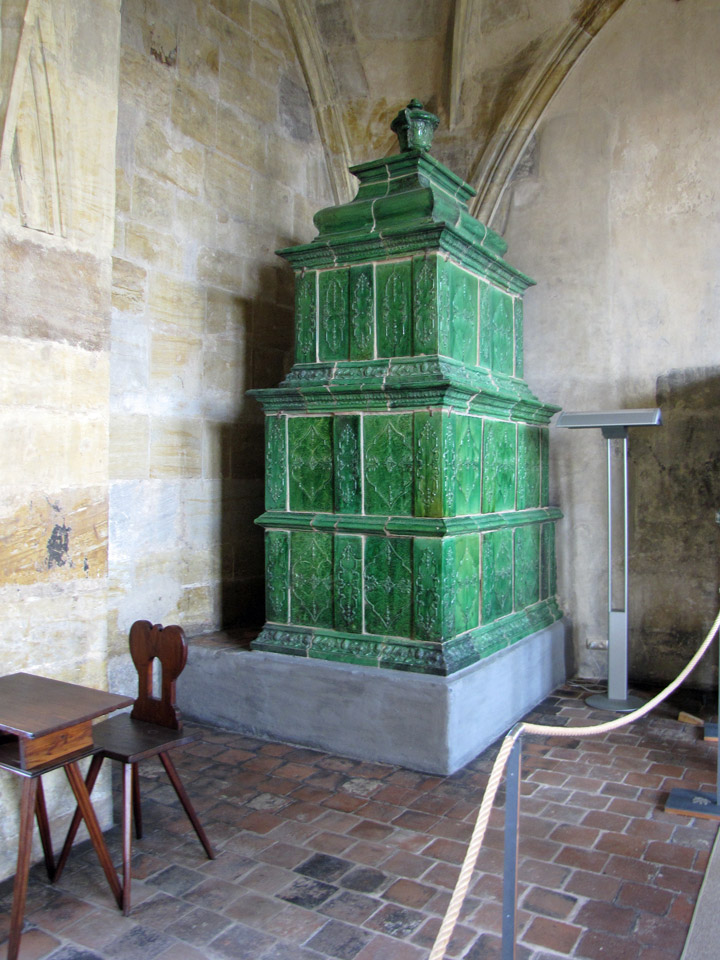
kamine
from outside a fire was built within to heat the room
with this ceramic heater

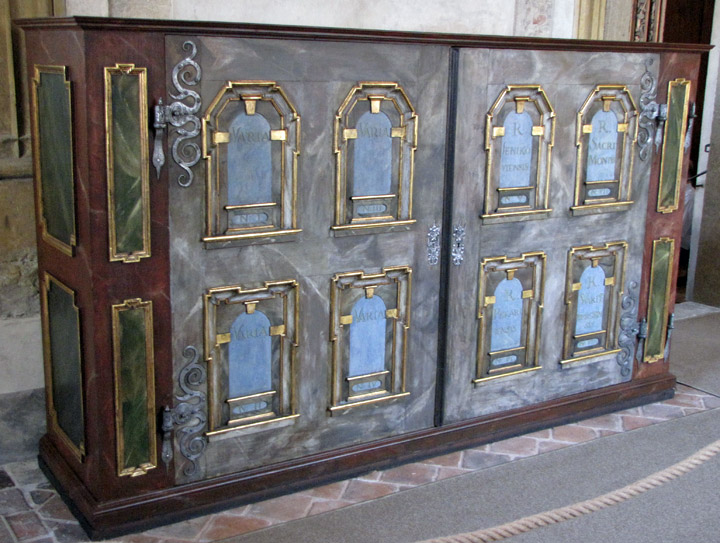
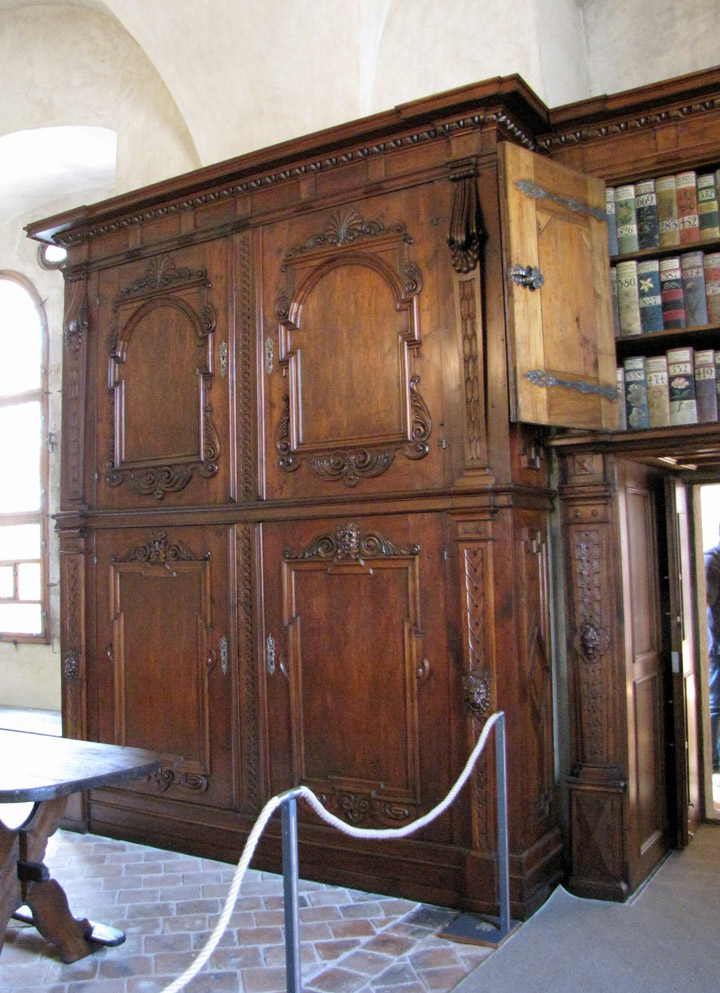
books above the doorway
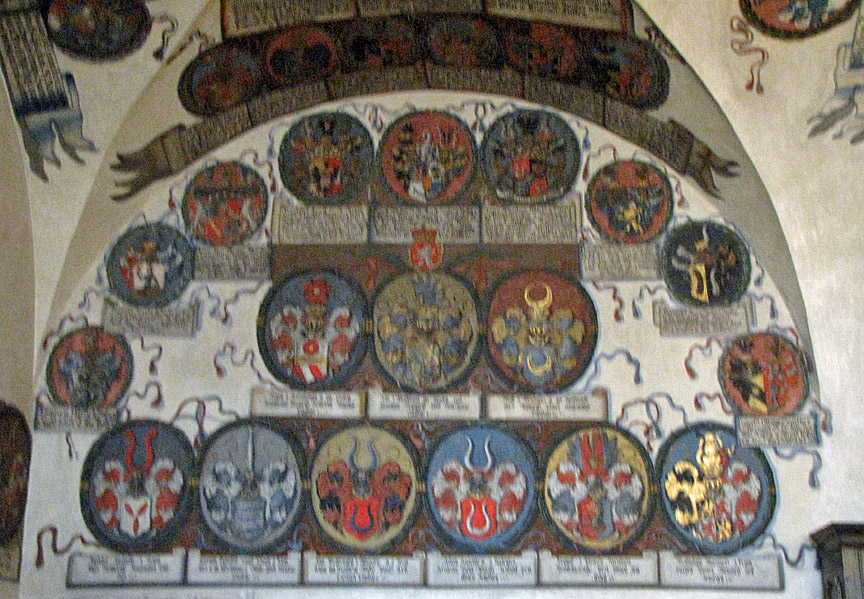
More Photos of the Coats of Arms in the New Land Rolls Room